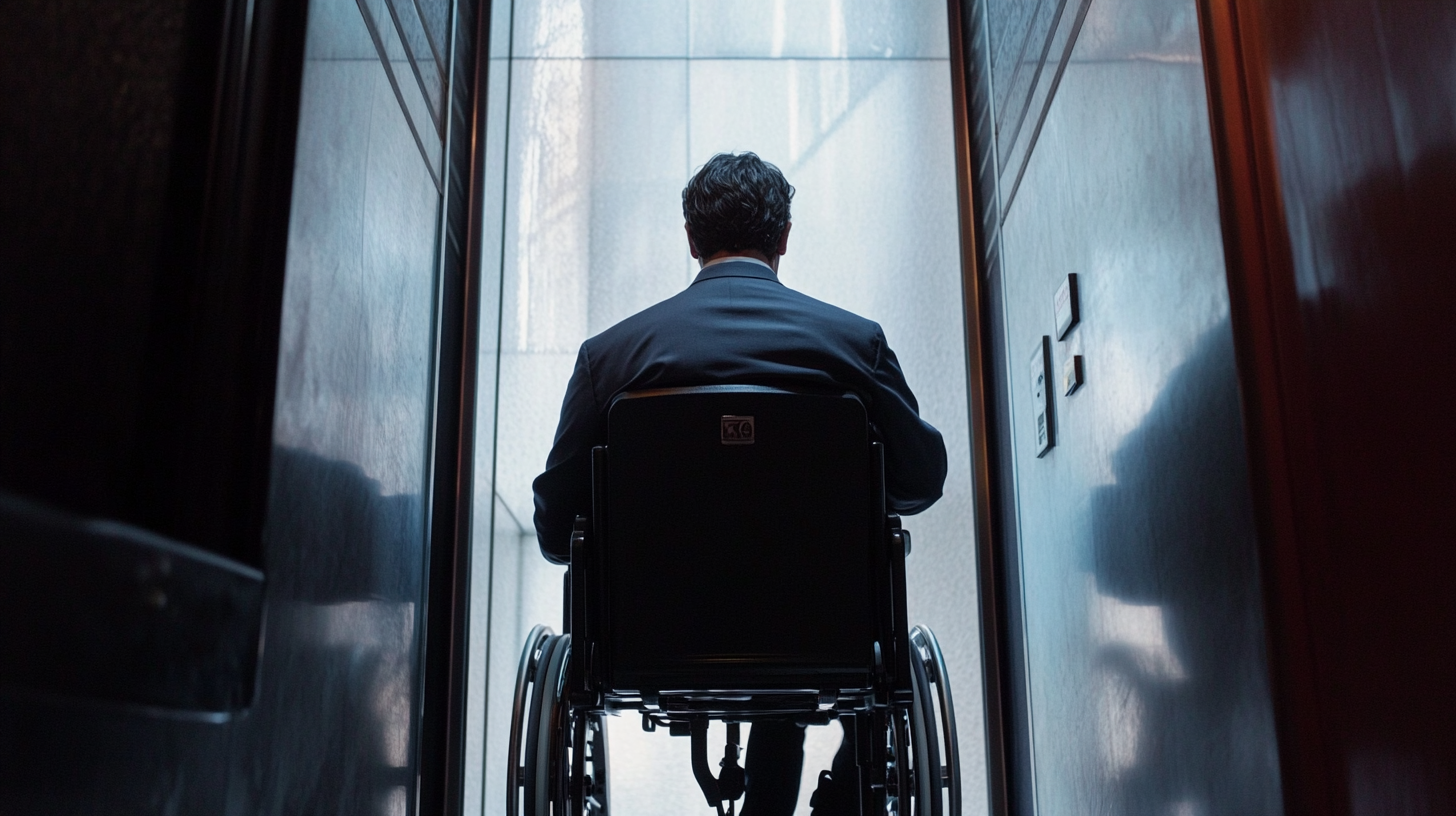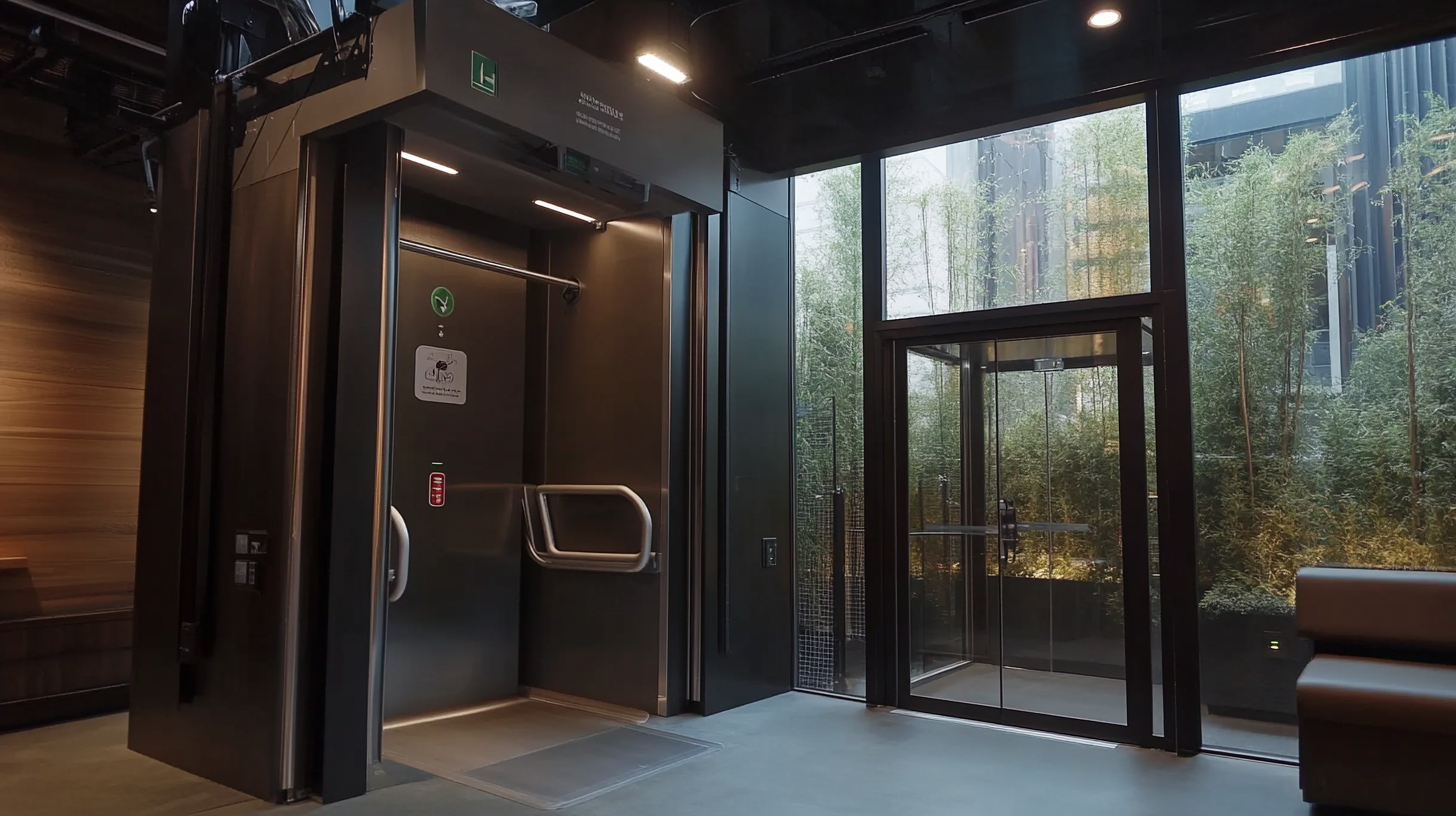2025 Innovations in Accessibility: The Comprehensive Guide to Handicap Elevator Lifts
As we move towards a more inclusive future, the innovation surrounding accessibility solutions is paramount, particularly in the realm of handicap elevator lifts. These essential devices not only enhance mobility for individuals with disabilities but also foster an environment of independence and equality. The year 2025 is set to witness significant advancements in the design, technology, and functionality of handicap elevator lifts, aimed at addressing the diverse needs of users. In this comprehensive guide, we will explore the latest innovations that promise to transform accessibility standards. From smart technology integrations to improved safety features, these developments are designed to make navigating multi-level buildings easier and safer for everyone. Join us as we delve into the exciting future of handicap elevator lifts and the profound impact they will have on accessibility in our communities.
Key Features of 2025 Handicap Elevator Lifts and Their Benefits
In 2025, handicap elevator lifts are set to revolutionize accessibility in buildings, offering significant advancements in technology and functionality. One of the key features of these modern lifts is the implementation of smart sensors that ensure safe and efficient operation. These sensors can detect the presence of individuals, adjusting the lift's speed accordingly to prevent accidents and enhance user experience. The integration of mobile app controls allows users to summon the elevator from anywhere within the building, fostering independence for individuals with mobility challenges.
Another notable benefit of the 2025 handicap elevator lifts is their energy efficiency. Many designs now incorporate eco-friendly technologies, such as regenerative drives that capture and reuse energy during operation. This not only lowers operational costs but also contributes to a building's sustainability goals. Additionally, improved aesthetics and customizable designs mean these lifts can seamlessly blend with existing architecture, enhancing the overall environment while providing crucial accessibility solutions. With these advancements, handicap elevator lifts are becoming essential components in creating inclusive spaces that cater to everyone.

The Role of Technology in Enhancing Accessibility with Elevator Lifts
Innovations in accessibility are paving the way for a more inclusive future, particularly in the realm of elevator lifts. As technology advances, it plays a crucial role in enhancing mobility for individuals with disabilities. For instance, a novel design of a wheelchair lift for high-speed trains in Germany highlights how transportation sectors are prioritizing accessibility. Such innovations not only expand the reach of public transportation but also improve the overall travel experience for those who rely on these systems.
The integration of smart technology within the elevator and escalator market is another significant trend driving this evolution. Reports indicate that the market is expected to reach approximately USD 157 billion by 2025, reflecting a CAGR exceeding 6% from 2024 to 2034. This growth is fueled primarily by the demand for innovative solutions that blend safety and efficiency, ensuring that elevators cater to everyone. Furthermore, the movement towards electrification and sustainable practices within the lift industry supports both environmental goals and the accessibility agenda, making it easier for individuals of all abilities to navigate their environments.
2025 Innovations in Accessibility: Handicap Elevator Lifts Usage Distribution
Comparative Analysis of Different Types of Handicap Elevator Lifts
When it comes to enhancing accessibility for individuals with disabilities, handicap elevator lifts have become essential. These innovative solutions not only bridge the gap between different levels of a building but also ensure that everyone can navigate their environment with ease. In this comparative analysis, we will explore various types of handicap elevator lifts available in 2025, highlighting their unique features and benefits.
One common type of handicap lift is the vertical platform lift, designed for both indoor and outdoor use. This lift is ideal for homes or public buildings with a small footprint, as it can be installed in tight spaces without extensive renovations. Another option is the inclined platform lift, which runs along a staircase, making it perfect for areas where traditional elevators cannot be installed. This type encourages independence by allowing users to remain in their wheelchair while accessing different levels of a building.
Finally, we have the traditional hydraulic elevator, which provides a smooth ride for multiple passengers. These elevators can accommodate large wheelchairs and assistive devices, making them suitable for commercial spaces. Each type of handicap elevator lift addresses specific needs, ensuring that accessibility is not just an option but a fundamental right for all individuals.
2025 Innovations in Accessibility: Comparative Analysis of Different Types of Handicap Elevator Lifts
Regulatory Standards and Compliance for Accessibility Innovations
As we advance towards 2025, innovations in accessibility are more critical than ever, particularly concerning handicap elevator lifts. The regulatory landscape surrounding accessibility must ensure that these innovations not only meet legal requirements but also enhance the quality of life for individuals with reduced mobility. For instance, studies have shown that compliant elevator lifts can significantly increase building usage by up to 30%, evidencing the economic and social benefits of prioritizing accessibility.
In the realm of regulatory standards, the challenge remains to keep pace with rapid technological advancements. Notably, disruptive technologies such as AI and IoT are reshaping accessibility solutions, making it essential for regulators to adapt accordingly. It is vital that these regulations are not viewed as barriers, but rather as enablers of innovation, paving the way for investment and progress. As organizations strive to implement cloud-based solutions and low-code platforms, the conversation around compliance must evolve to ensure that innovations in accessibility do not lag behind.
Industry experts predict that a collaborative approach between regulatory bodies and innovative companies will be crucial. With proper guidance and streamlined standards, the accessibility sector is poised to thrive, offering groundbreaking solutions like advanced handicap elevator lifts that cater to a diverse population. This integrative strategy will ultimately enhance user experience and significantly contribute to a more inclusive society.

Future Trends: What to Expect in the Accessibility Lift Industry by 2030
As we look towards 2030, the accessibility lift industry is poised for remarkable advancements that promise to enhance the lives of individuals with mobility challenges. One of the most significant trends is the integration of smart technology into handicap elevator lifts. Innovations such as voice recognition and app-based controls will revolutionize how users interact with these lifts, making them more intuitive and user-friendly. Furthermore, the incorporation of IoT (Internet of Things) will allow for real-time monitoring and maintenance, ensuring a more reliable and efficient service.
Sustainability also plays a crucial role in the future of accessibility lifts. Manufacturers are increasingly focusing on eco-friendly materials and energy-efficient designs. This green approach not only reduces the carbon footprint of these essential devices but also lowers operational costs for users and facilities alike. Additionally, the industry is expected to embrace modular designs, allowing for easier installation and customization in various settings, from residential homes to public buildings. As these trends emerge, the accessibility lift industry will undoubtedly continue to evolve, ensuring that mobility solutions remain inclusive for everyone by 2030.